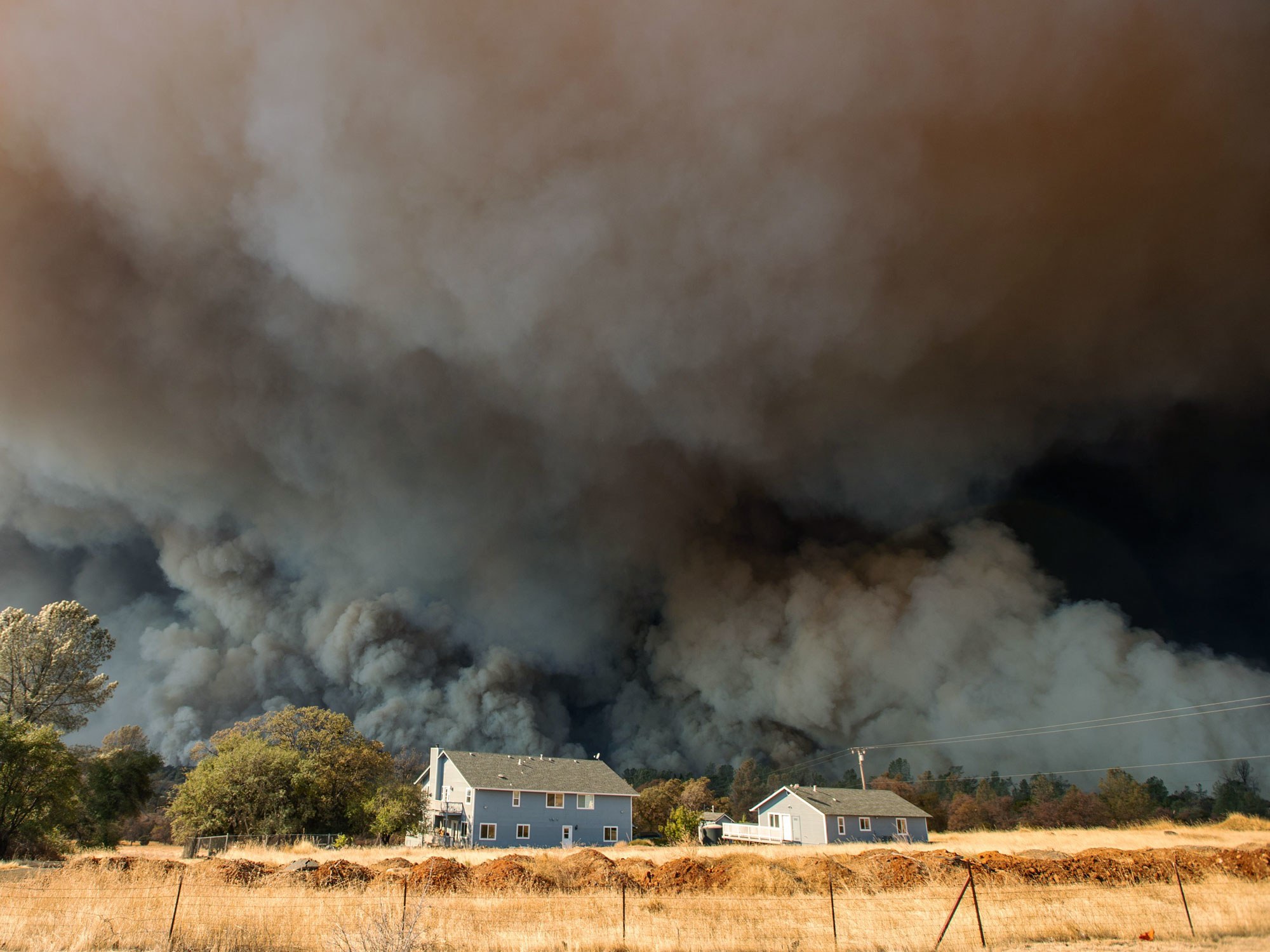Property owners and property managers need to face the reality if they have a property that is smoke damaged from wildfires. Following my recent post, A Safety Video Every Homeowner In a Wildfire Area Should Watch, two articles in Restoration and Remediation Magazine should be read by property owners, property managers, restoration contractors, and property insurance adjusters.
Dioxins: The Most Hazardous Substance in Structure Fire Environments | Part 1, stated:
In the fire restoration industry today, very little attention is given to the toxicity of volatile organic compounds (VOC’s), heavy metals, or the composition of particulate matter and smoke residues. Tens of thousands of toxic chemicals, gases, acids, and hazardous substances are created in structure fire settings. Most concerns regarding toxic or hazardous substances are focused primarily on two federally regulated materials: asbestos and lead.
When newer homes or buildings suffer fire damage, testing for any kind of hazardous substance is typically deemed unnecessary. Occasionally, testing will be conducted for the presence of soot, char, or ash in structures near wildfire areas. However, it is almost unheard of for this type of testing to be performed to identify the composition of the combustion byproducts to determine whether any hazardous substances are present.
Post-structure fire and wildfire settings, especially those where plastics, synthetic materials, electronics, or PVC have burned, extremely hazardous and carcinogenic chemicals are created that are typically overlooked altogether. One chemical in particular, dioxin, some consider to be one of the most toxic chemicals known to man.
Not only is this substance extremely toxic to all life, and far more lethal than asbestos or lead, it is also known to the World Health Organization as a member of the so-called “Dirty Dozen” – a group of dangerous chemicals also referred to as persistent organic pollutants (POPs).
…
In wildfire or structure fire settings, the sheer volume of building materials, chemicals, pesticides, cleansers, automotive components, electronics, appliances, and household items manufactured with chlorinated products such as PVC, create immense amounts of TCDD. Myriads of other toxic substances are also created in structure fire settings that are too numerous to list. Unfortunately, few people realize the health risks of exposure to soot, ash, or particulate matter, and disregard the need to wear even the most basic personal protective equipment.
…
Many adverse health effects have been well documented in scientific literature regarding TCDD. “TCDD is considered the most toxic man-made substance and the fifth most toxic naturally occurring compound known to man. 2,3,7,8-TCDD is a potent toxicant in animals and has the potential to produce a wide spectrum of toxic effects in humans (EPA 1997c)
Dioxins: The Most Hazardous Substance In Structure Fire Environments – Part 2, in part:
Given the extreme toxicity of TCDD and the vast array of other toxic substances, VOC’s, chemicals, and particulate matter in structure fire settings, it could be argued that only those with Hazardous Waste Operations and Emergency Response (HAZWOPER) certifications should be allowed to enter or perform remediation, demolition, or cleanup work in post-fire environments. Furthermore, most, if not all structure fire settings will have significant amounts of TCDD resulting from the combustion of chlorinated products such as PVC, paper, household chemicals, and other materials. Since federally regulated toxic substances such as lead, mercury, and asbestos pale in comparison to the toxicity of TCDD, restoration practitioners need to inform their employees and clients of the health risks of exposure to TCDD.
The bottom line is that fire-damaged structures, including those suffering only smoke damage, are dangerous because of the expected presence of dioxins. Dioxins are much more lethal than other byproducts of combustion.
Owners of property and property managers have obligations to remove these dangerous and lethal toxins if the property has suffered damage. While I can understand fantasizing that the damage has not been done and that it will be a huge and expensive hassle to remediate and make the property safe to live or work in, this reality needs to be faced. Similarly, property adjusters need to conduct the proper tests to determine if the toxin is present. The scientific data shows that this adjustment process must be accomplished for every property exposed to fire and smoke damage.
Thought For The Day
There may be a great fire in our hearts, yet no one ever comes to warm himself at it, and the passers-by see only a wisp of smoke.
—Vincent Van Gogh




